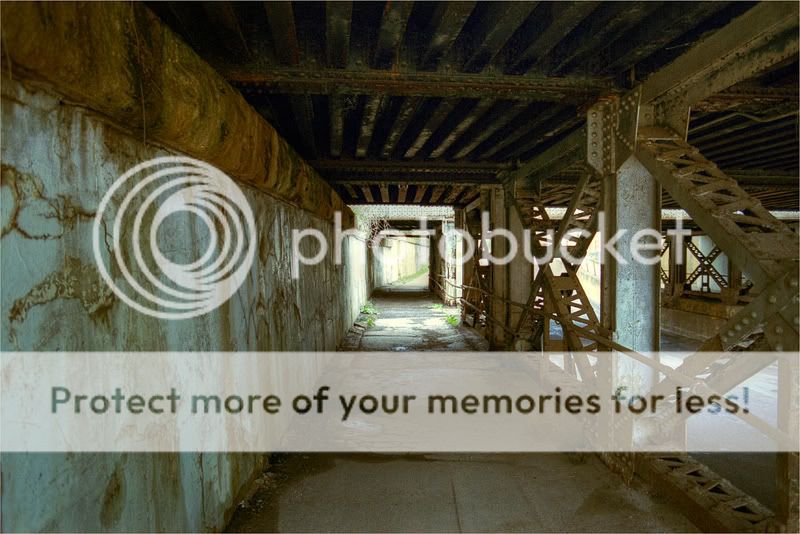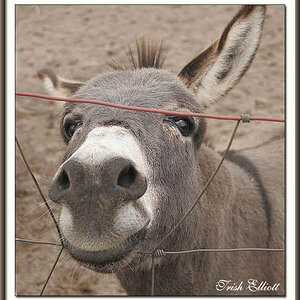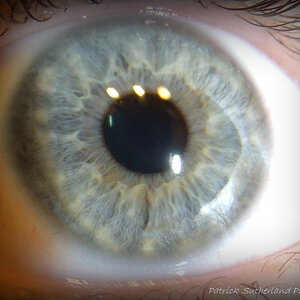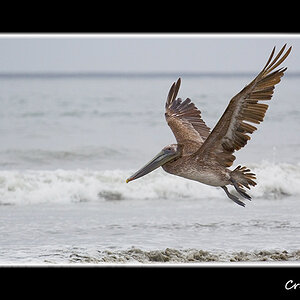Battou
TPF junkie!
- Joined
- May 10, 2007
- Messages
- 8,047
- Reaction score
- 66
- Location
- Slapamonkey, New York
- Website
- www.photo-lucidity.com
- Can others edit my Photos
- Photos NOT OK to edit
I'll still continue with my current method on any moving subjects though as it's the only way to capture it. (such as the previous chopper example)
I wanted to imply that there is still a better way to do that. I have a couple processed at the moment, but those are all easily replicable at a stand still. I'll do one up with one or two of my heilo pics this weekend when I get the time, if I can find the originals.
so how can i make a "fake" hdr?
Monkey with the exposure slider in Photoshop and merge to HDR. Seriously though, HDR and False HDR are way overused, it's not a toy and should be used wisely. It also should not be called HDR....but that's alredy been said

...Since everyone else is doing it below are a couple of my false HDR images done using the same process give or take, the difference is the information was there. These are one shot processed at five different exposure settings.


Picture 1 (Note, final image was reprocessed after blue tinge was pointed out)





Image 2







![[No title]](/data/xfmg/thumbnail/37/37096-449bdc6a1e392458a52fd1cca97c6b2e.jpg?1619737881)

![[No title]](/data/xfmg/thumbnail/36/36301-27972c0474532c2ef657014362950733.jpg?1619737495)


![[No title]](/data/xfmg/thumbnail/32/32926-ec27ecead8c80d803404500d8f888dbf.jpg?1619735754)



![[No title]](/data/xfmg/thumbnail/37/37095-648a4e65f10e6fdeeb231be5ed8c3152.jpg?1619737881)
![[No title]](/data/xfmg/thumbnail/32/32930-09414fc020c2a60a456ff59a05c5ef8f.jpg?1619735759)
